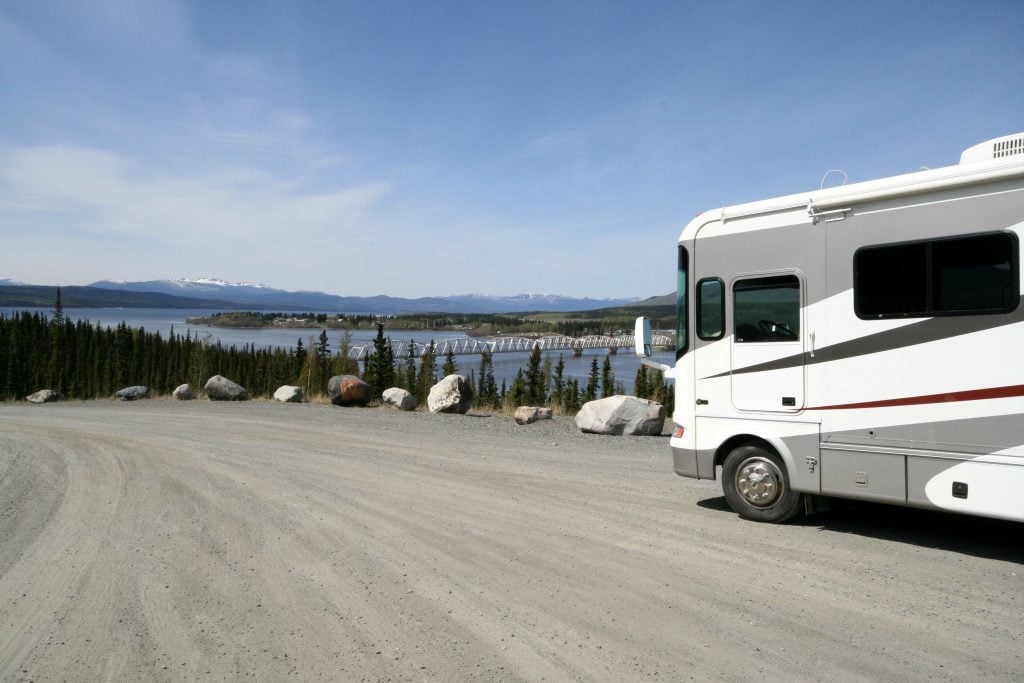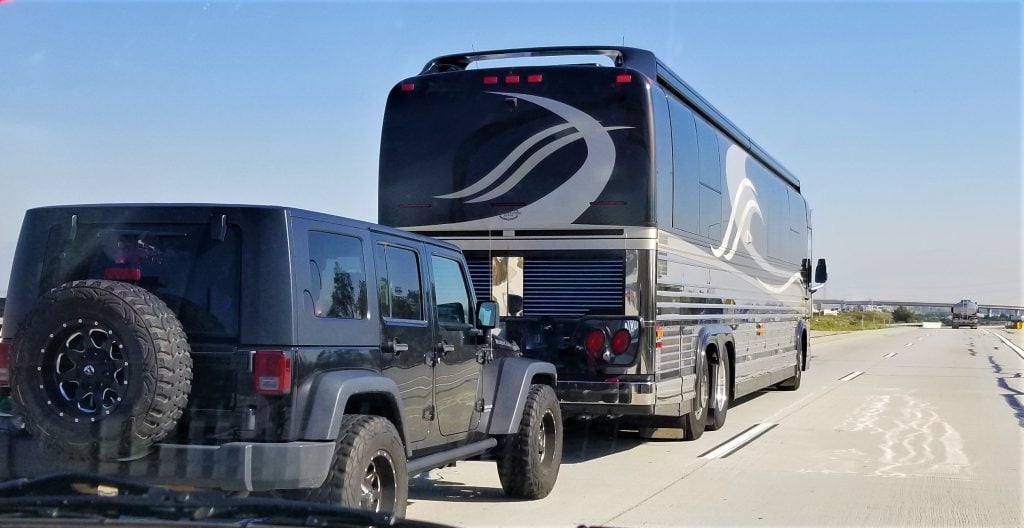Top Myths About Class A Motorhomes
Are you looking at Class A motorhomes as your next recreational vehicle? When shopping around for an RV it can feel overwhelming with all the different choices. There are different types from campers, fifth wheels, Class A, Class C, vans, and to top it off, all the different makes and models.
When it comes down to the decision-making process it all depends on what your needs are. But don’t let what you want and the myths of that particular type stop you. Each has its pros and cons but there are 5 myths about Class A RVs that you should be aware of.
What is a Class A RV?
A Class A RV is widely recognized as the motorhome that looks like a bus with the tall flat front and large windows. Class A RVs can be diesel (known as diesel pushers) or gas engines. They range from as small as 21’ to 45’ with heights on average around 11’. Lastly, they are the heaviest of the RV types but this is because it houses everything you need.
Class A motorhomes typically have all the essential needs of a bathroom, bedroom, kitchen, and living area. They also have more storage underneath in compartments and larger holding tanks for gray and black waste. They also have the largest towing capacity ranging from 5,000 lbs up to 10,000 lbs.
Now that you know what a Class A RV is, let’s dive into the most popular myths about them!
Myth #1: Class A RVs are Huge
Yes, Class A RVs can be huge, all the way up to 45’. A fifth wheel can also be up to 45’ and that’s not including the vehicle you use to tow it! But the great thing is there are options with Class A RVs.
The average length purchased for a Class A is 33’. With options like the Thor Axis (which is under 30 feet) you don’t have to compromise on storage and amenities that come with a Class A.

Myth #2: You Need A Special License to Drive a Class A RV
You do not need a special license to drive a Class A RV. As a matter of fact, you don’t need a special license to drive any RV unless it exceeds certain weight limits. If your Class A weighs more than 26,000 lbs and you are towing something more than 10,000 lbs, then yes, you would need a special license.
But seeing as there is almost no Class A RV that can tow over 10,000 lbs and weights over 26,000 lbs you are just fine. Although, it is good to have someone properly show you how to drive your Class A RV because, with anything, safety is important.
Myth #3: Class A RVs Hard to Drive
The third myth is that Class A RVs are hard to drive. This is surprisingly not true. They do seem big and bulky but they are actually pretty stable while driving down the highway at 65 mph.
When driving a Class A, you will experience less sway than towing something like a fifth wheel. Motorhomes are also much easier to maneuver! They turn like a car would, just with a wider turn radius.
The biggest thing to remember when driving anything that is longer and heavier, is to take wider turns and leave plenty of room for breaking. The one thing people forget is that the back, or tail, can swing wide. So when pulling out of a fuel station or other tight quarters, you want to be especially careful.

Myth #4: Class A RVs Are Expensive
Yes, a brand-new Class A RV can be expensive. This is because you are purchasing not only a home on wheels, but also an engine. One way to combat the higher price of purchasing a Class A is to buy a used one.
When purchasing anything new, it can be expensive, and with any vehicle—including motorhomes—they can lose as much as 18% in depreciation in just the first year. Purchasing a slightly used RV and using good negotiating tactics can help you get a good deal.
Myth #5: Your MPGs Will Be Awful
While Class A RVs are not known for their gas mileage, there is another side to the story. Typically, when driving a Class A, you are on a mission to get from point A to point B with the shortest distance possible. Then, once set up in the campground, you can use a dinghy vehicle to get around.
The dinghy is where you make up on the MPG. You can tow a much more gas-friendly vehicle and use the Class A as a home base. Another way to help with gas mileage in a Class A is to travel light. Be sure to dump your gray tanks if more than half full, only put enough gas in the tank to get you to your destination, and don’t travel with fresh water if not needed.

Conclusion
At the end of the day, the decision you make should be based on your needs and wants. If you’re looking at purchasing a Class A RV but are concerned about some of these myths, the best thing you can do is test drive one. Go to an RV dealership and test drive a couple to get familiar with them. Do the research on what you like and don’t let myths stop you from getting your dream RV!

Leave a Reply